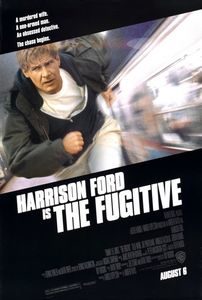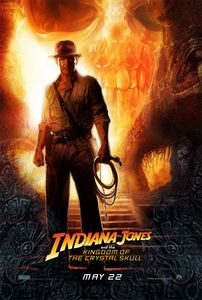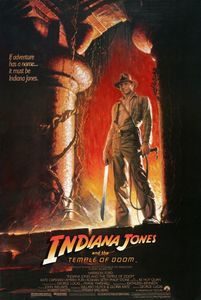Ender’s Game (2013)
(Video on Demand, February 2014) As a confirmed Science Fiction reader with an extensive knowledge of the genre’s classics (seriously, have you read the book reviews on this web site?), the big-screen adaptation of Ender’s Game after decades of discussion and false hopes (“Jake Lloyd as Ender!”) is a Big Deal. It’s one of the genre’s biggest, most passionately-discussed novels finally brought to a wider audience, with all of the good and bad that this supposes. (I’m going to mention, but not dwell upon, the controversy surrounding novel author Orson Scott Card’s homophobia… except to note ironically that if someone reads Ender’s Game without any clue as to Card’s attitudes, they’re likely to find a sympathetic depiction of a protagonist who may very well be more interested in boys than girls.) The good news are that much of the novel’s plot has been adapted reasonably faithfully. Even the changes feel like a much-needed polish over the novel’s rougher elements: Ender being a more reasonable age, streamlining some of the plot points, toning down the “bugger” slurs, excising the “genius bloggers” angle, and including a redemption for one of the minor antagonists: It makes the novel’s most problematic edges easier to take (and if you don’t think the novel has its share of edges, go re-read it.) Much of the novel’s surprises are included as well (although, yes, the trailer does spoil one of the pivotal images) although telegraphed so hard that readers may find them underwhelming. The use of cutting-edge special effects makes not only for visually pleasing space-fight sequences, but for a convincing Battle Room as well. Gavin Hood’s direction is nicely unobtrusive, while Asa Butterfield makes for a serviceable Ender even as Harrison Ford turns in another fun grumpy-old-man performance. Ender’s Game does feel rushed (the novel takes place over years, making the progression of the protagonist more realistic –the film seems to take place over six months.), doesn’t seem to portray Ender’s isolation and exhaustion as accurately, and takes a few too many shortcuts in an attempt to set up the background information. And while the novel was explicitly written to set up sequel Speaker for the Dead, the film does the same, leading to a truly puzzling conclusion for non-readers that is unlikely to be satisfied by a filmed sequel. For a novel as flawed as the original, the adaptation does its best, and while the result is unlikely to be as much of a classic in the movie realm as the original was in the written, Ender’s Game is a decent-enough Science Fiction film. For years, in speaking with large audience about the reach of written SF compared to filmed SF, I always used Dune as my example: in pitting the best-selling SF novel of a generation compared to a mildly-successful film adaptation, I always found that more people were familiar with the film. Now I’m about to update my example to Ender’s Game: As massively successful as the novel was and as tepidly received as the film is, more people will be familiar with the film than the novel. Even die-hard written-SF fans will have to live with that.




